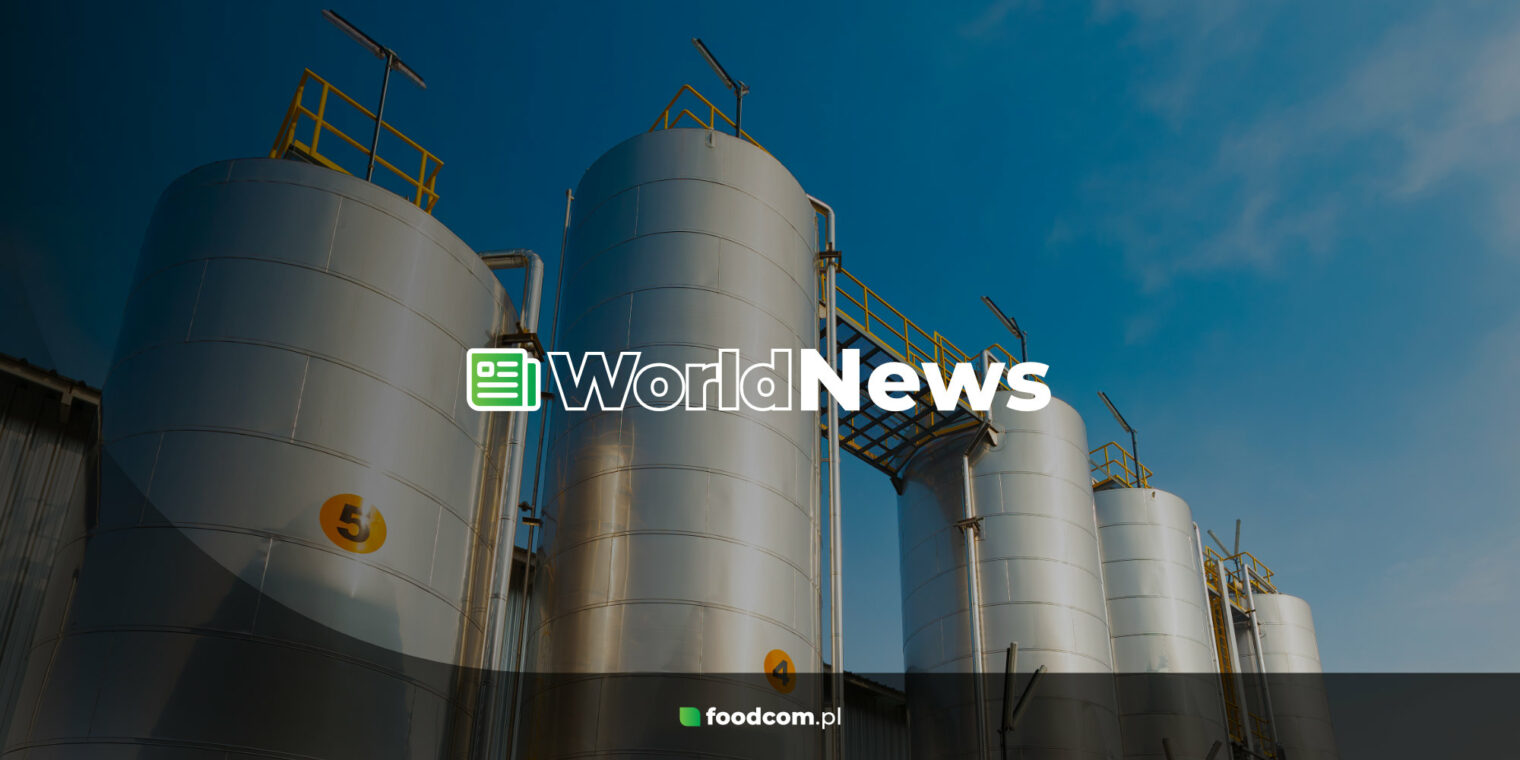- Isobutyric acid prices in China have been rising steadily in recent weeks.
- The supply of this raw material remains stable, while demand is decreasing, mainly due to reduced demand from the food industry.
- The price increase is mainly due to a local increase in the cost of propylene.
- A potential stabilisation of raw material costs is forecast despite high propylene prices due to low demand for isobutyric acid.
What is the current market for isobutyric acid in China?
Recent weeks have seen isobutyric acid prices in China increase by an average of 0.6% per week. Despite this, the production of isobutyric acid in China has remained stable, without reducing supply or causing supply shortages in the chemical feedstock market. Despite this, demand for isobutyric acid has dropped noticeably. This is due to reduced demand from the food processing sector, which is a significant part of the industry that uses isobutyric acid, using it to produce food additives such as flavourings and flavour enhancers. The reduced demand has occurred as a result of various factors, including changes in consumer preferences and economic uncertainty. Despite the occurrence of this demand-supply imbalance, isobutyric acid prices have increased. The main culprit is propylene and local increases in the cost of obtaining it.
Propylene price increase vs. higher isobutyric acid costs
The main raw material used to produce isobutyric acid is propylene. In recent weeks, propylene prices have been seen to increase in China, Taiwan and Japan, while remaining stable in Korea and Southeast Asia. The strong domestic increase in propylene prices has increased the cost of isobutyric acid production in China, which producers have had to factor into their pricing of the finished product. Further increases in propylene prices could strengthen the market for this feedstock in Asia, while also pushing up isobutyric acid prices. However, reduced demand from the food industry may offset this effect, leading to a potential stabilisation of prices.








